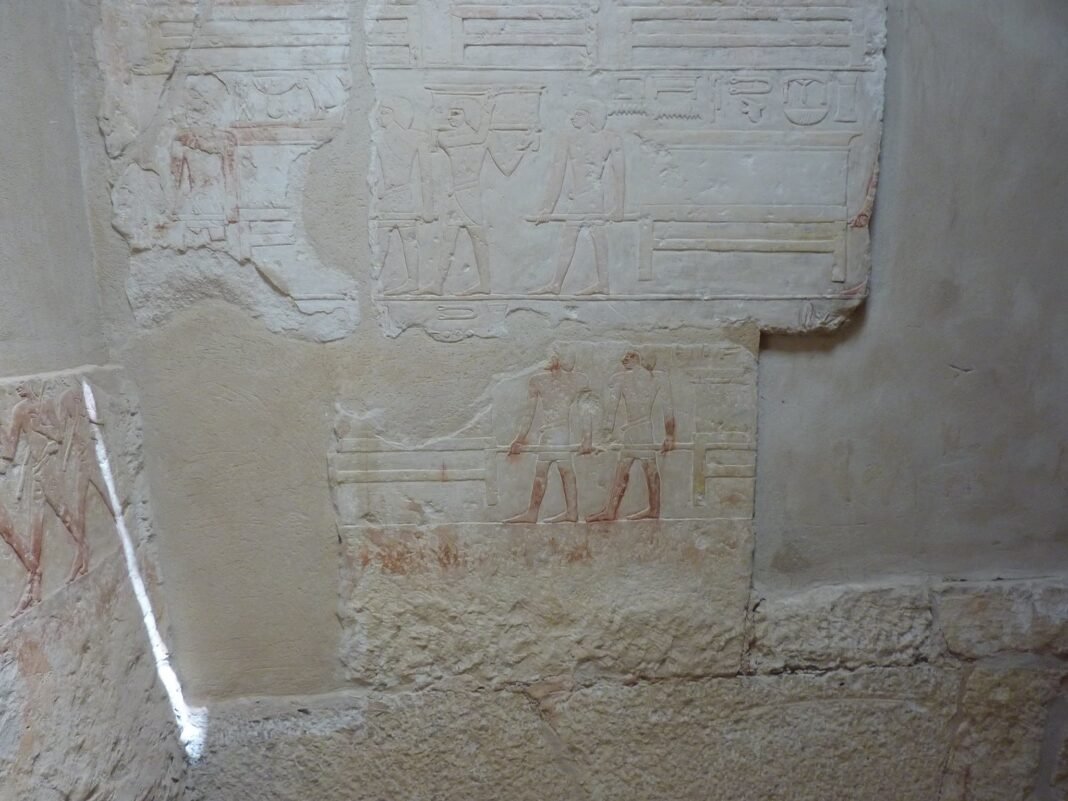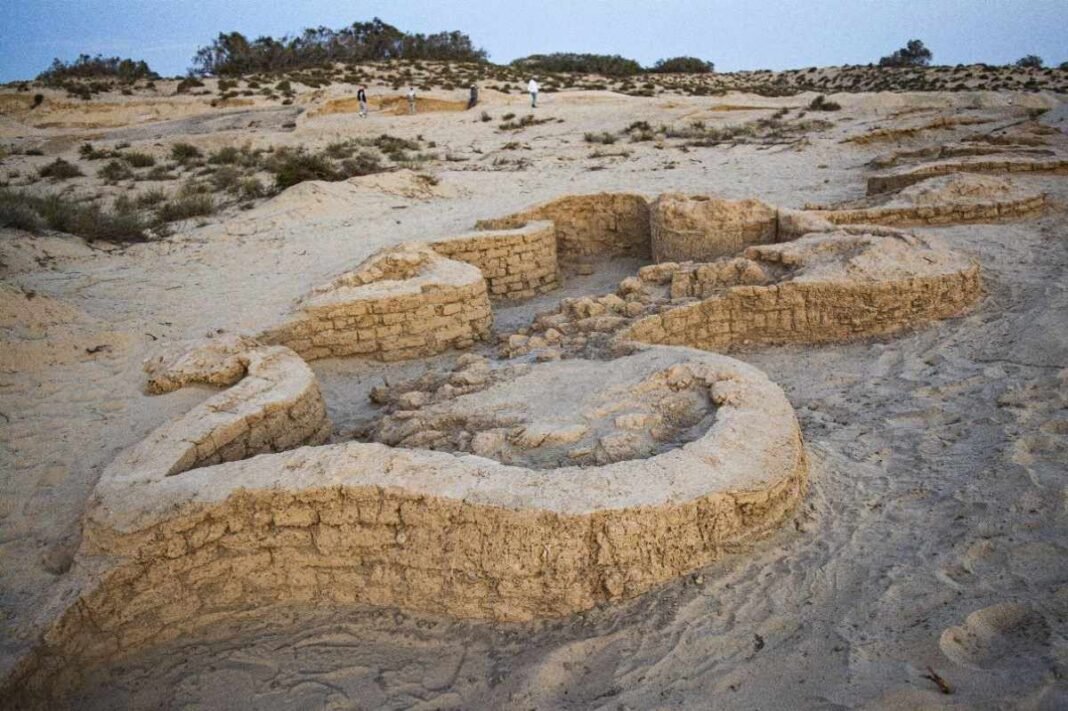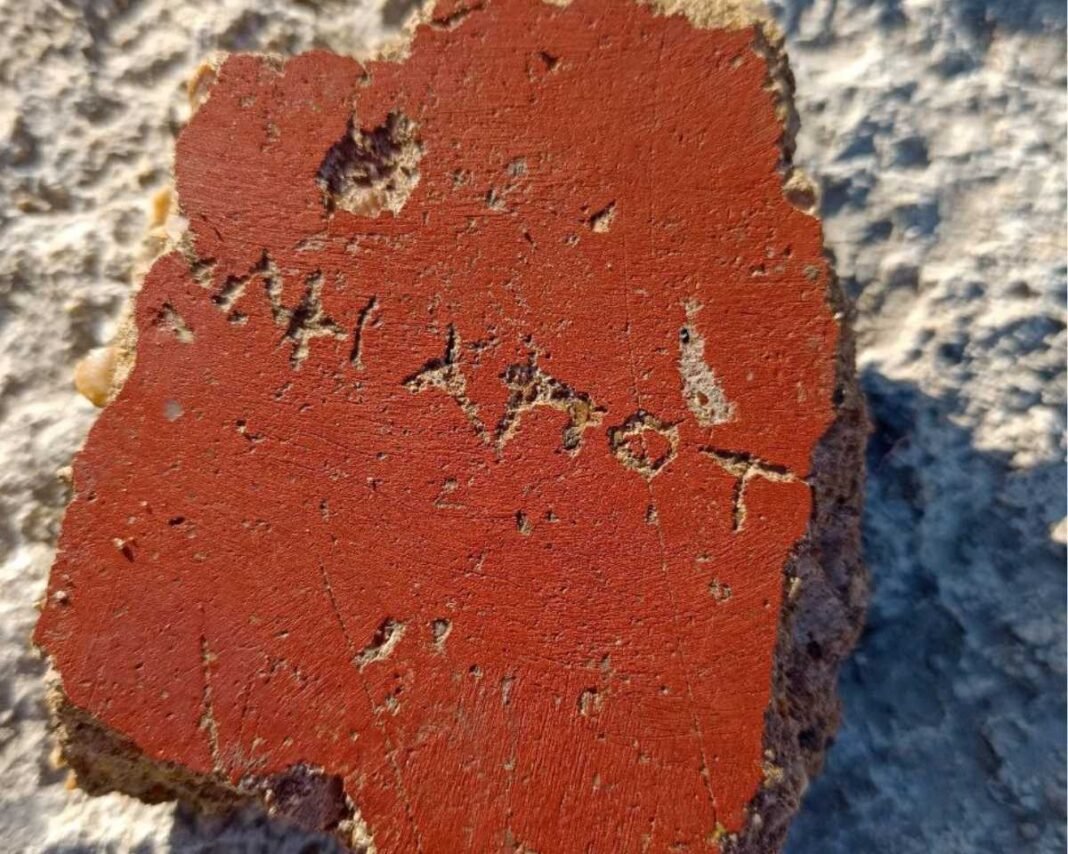
A priceless ancient Egyptian wall painting from the Khenti-Ka tomb in Saqqara, south of Cairo, has been stolen, Egypt’s Ministry of Tourism and Antiquities confirmed. The artwork, dating back to the Late Dynastic period (664–332 BC), is considered one of the rarest examples of ancient Egyptian heritage.
According to the ministry, the disappearance was recently discovered, although evidence suggests the theft likely occurred between 2018 and 2019. The painting was found missing during a routine review of the site’s archaeological records.
Depicting ancient calendars and seasonal scenes
Officials described the painting as a unique piece that once adorned the tomb walls of Khenti-Ka, a high-ranking official during Egypt’s Old Kingdom. The artwork features inscriptions related to the ancient Egyptian calendar and the changing seasons — details that offer rare insight into daily life and timekeeping practices in ancient Egypt.
Saqqara, located about 30 kilometers south of the Giza pyramids, is one of Egypt’s most important archaeological sites. It contains a vast necropolis filled with tombs of kings, priests, and nobles, including the famed Step Pyramid of Djoser — the world’s oldest known stone pyramid. The site has long served as a window into the development of Egypt’s funerary art and architectural innovation.

Experts call the theft bold and unprecedented
Archaeological experts described the theft as a shocking and unprecedented act. Investigations revealed that the thieves had cut the painting directly from the tomb wall using a saw. The crime went unnoticed for years until workers discovered the absence of the artifact during an extensive inventory of Saqqara’s holdings.
Ministry launches detailed record review
Following the discovery, the Ministry of Tourism and Antiquities began a thorough review of Saqqara’s historical records and inventory books, some dating back to the 1960s.
The goal, according to the ministry, is to identify when the theft took place and confirm the painting’s details by matching old photographs and descriptions with items officially registered in the ministry’s archives.
Case referred to public prosecution
Dr. Mohamed Ismail Khaled, Secretary General of the Supreme Council of Antiquities, said all necessary legal procedures have been completed and the case has been referred to the Public Prosecution Service for investigation.
Khaled explained that the Khenti-Ka tomb had been sealed and used as an archaeological storage facility since its discovery in the 1950s and had remained closed since 2019. He added that a special archaeological committee, led by Dr. Amr Al-Tibi, supervisor of Saqqara Antiquities, has been formed to conduct a full inventory of the tomb’s contents.
He noted that the ministry submitted the committee’s report to the Public Prosecution on the same day it was received and that authorities are following the investigation closely in coordination with law enforcement.
Second major theft sparks wider concern
The case comes amid renewed scrutiny of Egypt’s heritage security following another theft last month at the Egyptian Museum in Tahrir. A gold bracelet dating to the Third Transitional Period, around 900 BC, was stolen from the museum’s restoration lab.

Investigations revealed that a restoration specialist had taken the bracelet, made of pure gold and set with a rare lapis lazuli stone, with the intent to sell it. The artifact was recovered after prosecutors confirmed it had been removed from display in preparation for an overseas exhibition.
Both incidents have alarmed Egypt’s archaeological community and raised questions about the protection of the country’s ancient treasures — reminders of how fragile the guardianship of history can be.


